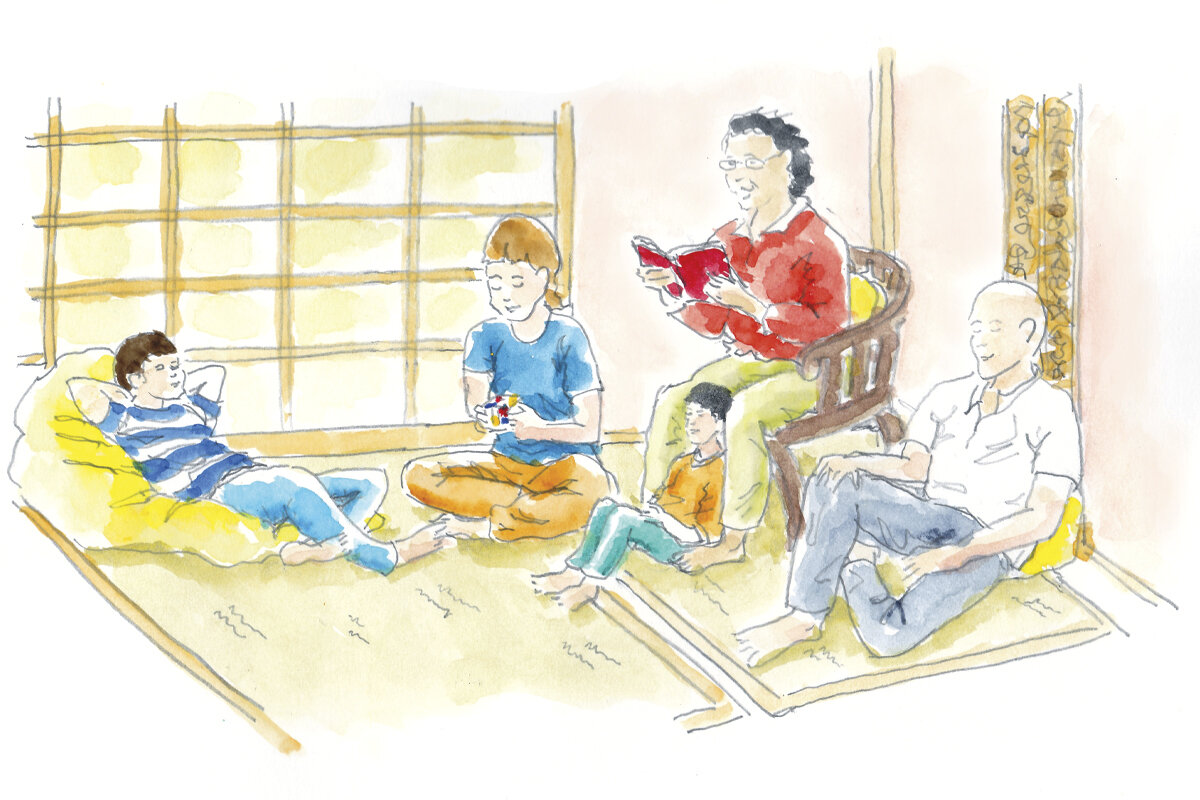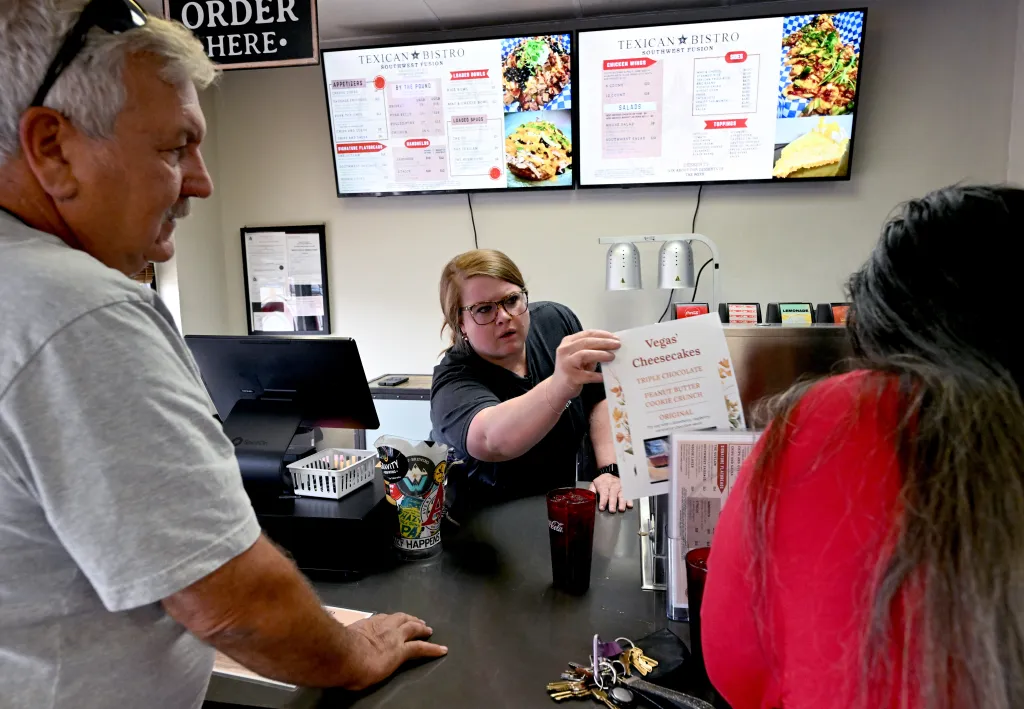By Sherilyn Siy
Copyright csmonitor

Every night after dinner, our 14-year-old daughter picks up her Rubik’s Cube, and our 12-year-old son stretches out on the tatami, his head on the beanbag. Our 4-year-old son settles into the crook of my legs, fitting himself into the space formed by my cross-legged seat like a puzzle piece. Story time’s about to start. My husband, who started listening in a couple of years ago, now leans back against the ornate wooden post in our tatami room, stretching out his legs. Then, I pick up our chapter book and continue from where we left off.
I have always loved reading to my children. When they were younger, reading together was about language exposure, filling their world with the expansive vocabulary that books provide. As a multinational family – American, Filipino, and Chinese – living in the Japanese countryside, we have helped our children stay connected to English through books. I’m not the kind of mom who builds train tracks or towers, but if the kids hand me a storybook, I’ll always read to them.
I started reading to my children when my oldest was 8 months old. When they were smaller, stories helped them process big emotions, as well as learn new words. We began exploring chapter books when my older kids were about 7 or 8 years old, starting with fun, lighthearted stories before moving on to longer and more complex books.
At first, illustrations played a big role in their comprehension and enjoyment of stories. Today, they take pleasure in visualizing scenes through words alone. Now that they’re older, reading together is no longer just about language acquisition; it is about connection.
I select our books carefully. We reach for classics like Lois Lowry’s “The Giver” and its sequels, compelling middle grade fiction like Kelly Yang’s “Front Desk,” and books that simply capture our interest, like William Kamkwamba and Bryan Mealer’s “The Boy Who Harnessed the Wind.” Sometimes, the choices come from my kids. My daughter read a Japanese translation of “Ban This Book” by Alan Gratz and enjoyed it so much that we read the original English version together. That book became a favorite, not just for the story but for the conversations and inside jokes it sparked.
In one of our favorite parts, the main characters decided that the best way to hide their banned books was to create fake covers for them. The moment I read aloud some of the ridiculous titles they came up with, the whole family lost it. My kids were doubled over, hands clutching stomachs, as we gasped for air between fits of laughter.
Other moments were quieter but just as meaningful. While reading “Front Desk,” I was deeply moved by a scene in which the immigrant parents of the main character talk after the mother is attacked and then hospitalized. The father, crying, says, “I promised when I married you that I’d take care of you, and I’ve failed you.” I was struck by the depth of his devotion to his wife in the face of the harsh realities of their immigrant life. I couldn’t get the words out. My children knew the words carried something deep for me.
Most of the English books we read are by Western authors, so Filipino and Chinese stories are rare. I find that young adult books about these experiences are especially underrepresented in mainstream English publishing. However, when we do find books that resonate with our cultural backgrounds, they spark meaningful conversations.
The story of a young Chinese immigrant family navigating life in America, as portrayed in “Front Desk,” felt personal for us – my kids saw reflections of their own identity in it. Although “The Boy Who Harnessed the Wind” is set in Malawi, we saw striking parallels to Filipino ingenuity and resilience in the face of hardship. David Walliams’ “Grandpa’s Great Escape” celebrates the wisdom and adventurous spirit of elders, reminding us of the Chinese emphasis on respecting them. The more we read, the more we realize that no single culture has a monopoly on these values – they are deeply human, shared across many traditions.
We bring all kinds of emotions to the table – frustration, exhaustion, lingering tension from the day. But when we start reading, it’s like tuning in to the same frequency, finding common ground even if we had been at odds just minutes before. The shared experience provides a reset, a neutral space where we can just be together.
Maybe this is why I wonder how long we can keep this ritual going. My children are growing up fast. Will they still want to listen when they’re older? Will my voice still be part of their world in this way?
For now, I hold on to these evenings, these moments when we all gather around the same story. I may not be able to shield my children from every storm that adolescence and life brings, but for a few minutes each day, I can offer them a hearth in a story.



